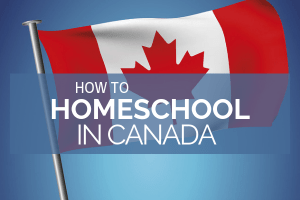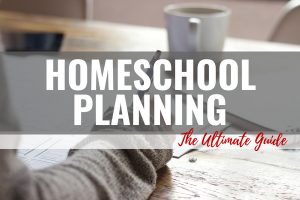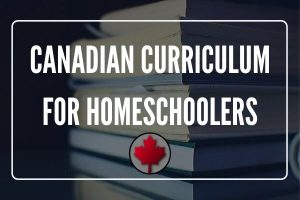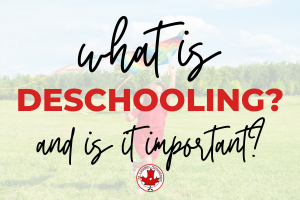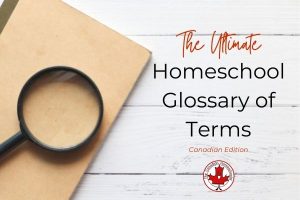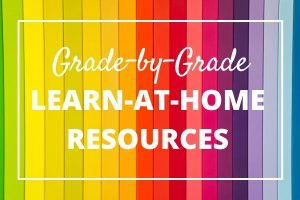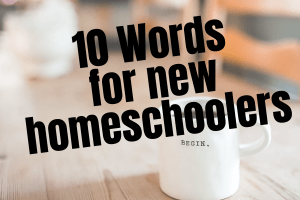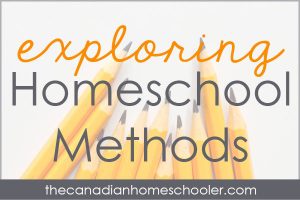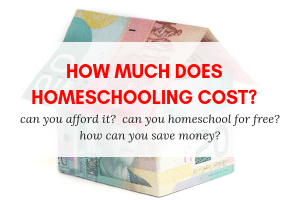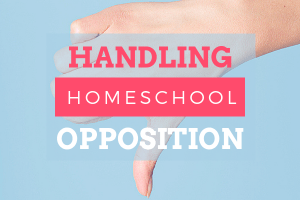GEAR UP FOR AN AMAZING ADVENTURE
Have you decided to homeschool and aren't sure where to start?
Are you overwhelmed by curriculum choices and trying to figure out exactly what you need to do?
How to Homeschool in Canada is your travel guide to beginning this homeschooling journey with confidence.
NOW AVAILABLE IN THE KINDLE STORE, ON KOBO, AND IN PAPERBACK.
THE FIRST THING YOU NEED IS A MAP OF THE JOURNEY.
Receive the introduction chapter of my book which takes you along the path of the homeschooling journey from preschool to high school when you subscribe to my email list.
Success! Now check your email to confirm your subscription.
SO YOU'VE DECIDED TO HOMESCHOOL, HERE'S WHAT TO DO NOW.
STEP ONE: KNOW THE RULES.
Each province and territory in Canada has a unique set of rules and regulations about homeschooling.
You need to find out and follow the ones for your province.
STEP TWO: FIND A SUPPORT GROUP.
Connect with an in-person community for you and your children. Find an online network. Support is vital.
STEP THREE: PICK A HOMESCHOOL METHOD.
Homeschool doesn't have to be like school. There are so many approaches to teaching and learning. Find one that fits your child, your family, and your lifestyle.
STEP FOUR: CHOOSE CURRICULUM.
There are millions of options for curriculum. Narrow down your choices by answering some key questions and doing intentionally specific research.
STEP FIVE: PLAN OUT YOUR YEAR.
Pull it all into a plan for the year, figure out your daily and weekly learning schedule, and get everything prepped and ready to go!
STEP SIX: GET ORGANIZED.
You don't need to set up a homeschool room, but you will need a place to keep all your books, your teacher guides, and any school supplies you accumulate.
PROVINCE BY PROVINCE
Homeschooling is legal in all provinces and territories in Canada, however there are different rules depending on where you live.
In British Columbia, there are actually 2 main options for learning at home.
The first is called Distributed Learning. This actually isn't categorized as homeschooling. Instead this approach is actually intended to be the same as public school but done at home under the guidance of a teacher. Students are ENROLLED in the program - whether it be through a public or independent school.
The second is Homeschooling. This method allows families to choose how and what they are teaching their children at home, without needing to meet the provincial learning outcomes or guidance from a teacher. Students are REGISTERED, and you must send in your registration by September 30th each year.
Funding is available in British Columbia, however it depends on which option you choose.
Students who are registered as homeschoolers do not qualify for a Dogwood, however enrolled students can receive a high school diploma when they complete specific credit requirements.
- Differences between Distributed Learning & Homeschooling
- List of Distributed Learning Programs
- Where to Register
In Alberta, families who homeschool are required to register with a willing board somewhere in the province and have their plans approved. There are 3 options:
School-At-Home (distance education) is just that - Students enrolled in a school but taught at home under the guidance of a teacher, following the provincial outcomes.
Parent-led learning is more traditional homeschooling - where parents decide the how and what they are teaching their children at home.
Shared Responsibility (blended) is a combination of both of these options.
You are assigned a facilitator who visits you throughout the course of the year. This province offers funding to families who homeschool, if you are registered with a “Willing Non-Resident” School Board by September 30 of the year you are planning to home educate. Homeschoolers can receive a provincial high school diploma if they meet certain requirements.
- Comparing the Home Education Methods
- Home School Supervising Agencies
- Homeschooling through High School in Alberta
Homeschoolers in Saskatchewan are required to register with their school board and provide an educational plan for each child. Over the course of the year, they need to keep a portfolio of their work or provide a written summary which they present at the end of the year. Funding for Saskatchewan homeschoolers varies according to district.
- Saskatchewan Homeschooling Program
- Home-Based Education: How Can Students Earn Secondary Level Credits?
In Manitoba, homeschoolers need to inform the government that they are homeschooling. In January and again in June, an official report is filed outlining the learning completed. This province offers no funding to homeschooling families, and no provincial diploma is offered.
Ontario homeschoolers are asked to submit a yearly letter of intent to their local school board. There is no requirement or involvement from the government. This province offers no funding to homeschooling families, nor will you receive a provincial high school diploma.
- Ontario Federation of Teaching Parents
- Ontario Christian Home Educators Connection
- Ontario Curriculum Outcomes
- Ontario Curriculum Checklists
- From an Ontario Homeschooler
Although homeschooling in Québec is completely legal, this province seems to also have the most challenges with acceptance from their school boards. Regulations in this province continue to change frequently. As of July 2018, new regulations require parents to send a notification to the minister and the school board, complete a mid-year and end-of-year report, and meet with a representative during the year for follow-up. At the end of the year, students will be required to complete an evaluation. For accurate, up-to-date information - please visit AQED .
This province offers no funding to homeschooling families.
- Association l’éducation à domicile (AQED)
- Association of Christian Parent Educators of Québec (ACPEQ) (bilingual site)
- Quebec Curriculum Outcomes
In New Brunswick, homeschooling families have to either register with an English or a French board. The Anglophone board requires submission of a fairly basic set of forms and will respond with a letter of approval. The Francophone board is more complex – requiring a more detailed application outlining your homeschooling plans along with an in-home interview. This province offers no funding to homeschooling families. A provincial diploma is not offered to homeschoolers.
- Home Educators of New Brunswick
- New Brunswick Curriculum Outcomes (Anglophone Sector) / Services Pedigogiques (Francophone Sector)
In Nova Scotia, parents are required to register their child using a form that is available on the Ministry of Education's website. In June, parents need to follow that up with a progress report, outlining what their child learnt throughout the year. This province offers no funding to homeschooling families. Diplomas are not available for homeschooled students.
All that is required for PEI homeschoolers is to fill out and submit a notice of intent form. This province offers no funding to homeschooling families. No diplomas are available for homeschoolers.
Parents/guardians must apply by June for the upcoming school year. Student will be registered in their community school. Progress reports are required up to 3 times a year depending on how long you've been homeschooling. There are no financial payments or compensations granted to parents. No diploma is available for homeschoolers.
In the Northwest Territories, parents register their children with their local school, where they are classified as students but are exempt from attendance. Homeschoolers in this province get a portion of the funding from the school to help pay for their school expenses.
Homeschooling in Nunavut involves registering with their local school and working with the leadership in that school. Inclusion of Inuit Qaujimajatuqangit (IQ) – or the teaching of Inuit societal values and culture is to be included in a homeschool education. Funding in this province is available on a reimbursement plan.
- Nunavut Education Act (see section 21)
- Homeschool Reimbursements Directive
Yukon homeschoolers need to register with the Aurora Virtual School, who co-ordinate the home education program for Yukon Education. Along with registration, submission of a home education plan is required that outlines the plans and learning outcomes for the year divided into four semesters. The Yukon uses the British Columbia curriculum outline for their guidelines. Funding is provided for homeschoolers in this province.

